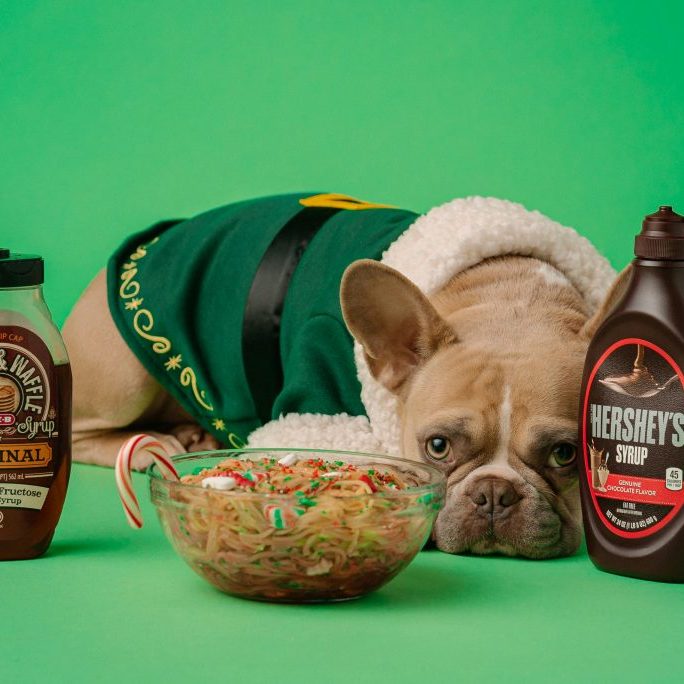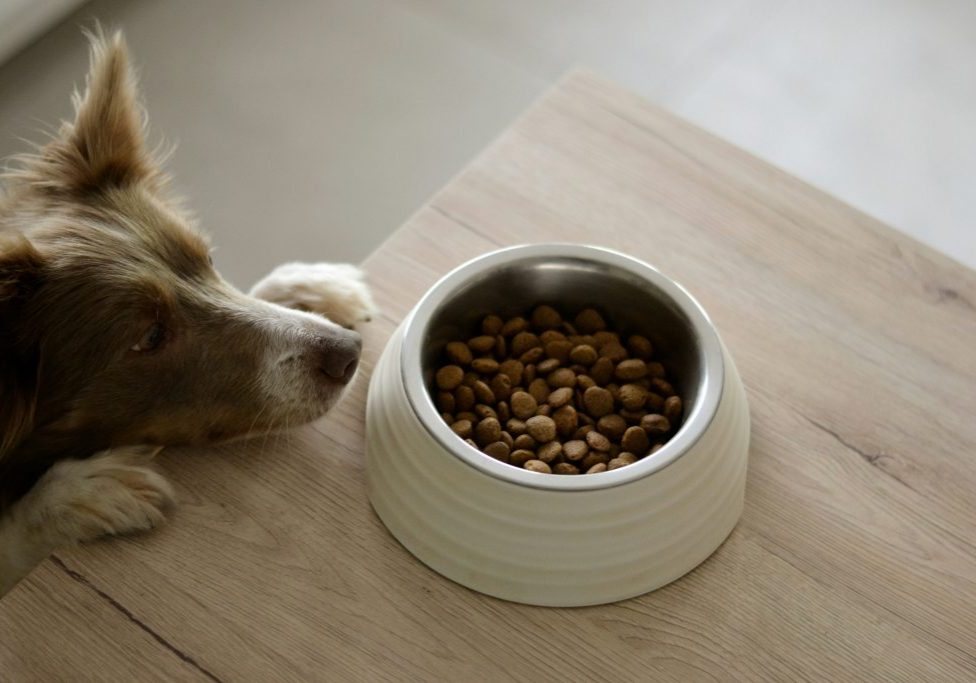Which Food Is Right For Your Puppy?

hwllo-sniffer.co.uk/which-food-is-right-for-your-puppy
December 4, 2024
Sniffer_Admin
Choosing the right food for your puppy can feel overwhelming, especially with the endless options lining pet store shelves. What’s the difference between brands? Should you go for wet, dry, or raw? And how can you be sure you’re giving your pup the best start in life?
Your puppy’s food will shape their growth, energy, and health, so it’s worth getting this right from day one. Here’s how to choose the perfect diet for your four-legged friend.
Start With Puppy-Specific Food
Puppy food is specially formulated to meet the unique needs of growing dogs. It’s packed with the higher levels of protein, fat, and essential nutrients puppies require. Feeding adult dog food too early can leave your puppy missing out on critical nutrition, which could affect their long-term health.
When selecting a brand, look for one that lists quality proteins, like chicken or lamb, as the main ingredient. Avoid foods loaded with fillers, artificial colours, or preservatives—your puppy deserves the best.
Pro Tip: Larger breeds might need large-breed puppy food, which helps control growth rates and reduces the risk of joint issues later on.
Wet, Dry, or Raw?
Each type of puppy food has its pros and cons, and the right choice often depends on your pup’s needs and your lifestyle.
- Dry Food (Kibble): A convenient option, kibble is affordable, easy to store, and great for your puppy’s dental health. Its crunchy texture can help reduce tartar buildup, keeping those tiny teeth in top shape.
- Wet Food: With its soft texture and rich flavour, wet food can be irresistible for puppies. It’s higher in moisture, which is great for hydration, but it can be more expensive and less convenient for storage.
- Raw Food Diets: Advocates claim raw diets are more natural and nutritious, but they require careful preparation to ensure your puppy gets a balanced diet. These diets also carry a higher risk of bacterial contamination, so consult your vet before switching to raw.
Some owners opt for a combination, feeding kibble for meals and wet food as an occasional treat.
Understanding Ingredients
Knowing what to look for on the label is key. The best puppy foods list whole meats, like chicken, turkey, or fish, as the first ingredient. Whole grains or vegetables, like brown rice or sweet potato, are ideal carbohydrate sources, while omega-3 and omega-6 fatty acids support healthy skin and coat development.
Avoid foods with vague labels like “meat meal” or “animal by-products” and steer clear of anything packed with artificial additives.
Special Considerations
Not all puppies have the same dietary needs. Breed, size, and health conditions can all play a role in what food is best. For example:
- Small Breeds: May need calorie-dense food due to their fast metabolism.
- Large Breeds: Require controlled levels of calcium and phosphorus to support steady growth.
- Sensitive Stomachs: If your puppy experiences loose stools or vomiting, you might need to explore hypoallergenic or sensitive-stomach formulas.
Your vet can recommend food tailored to your puppy’s specific requirements.
Portion Control and Feeding Schedules
Getting portion sizes right is just as important as choosing the right food. Overfeeding can lead to obesity, while underfeeding may stunt growth. Check the packaging for portion guidelines based on your puppy’s weight and age.
Most puppies thrive on three to four meals a day until about six months old, at which point you can transition to two meals a day.
Switching Foods Safely
If you decide to change your puppy’s food, do it gradually over 7–10 days to avoid upsetting their digestive system. Start by mixing a small amount of the new food with their current food, gradually increasing the proportion of the new food each day.
Monitor Your Puppy’s Progress
Once you’ve chosen a food, keep an eye on how your puppy responds. Are they energetic? Growing steadily? Does their coat look shiny and healthy? These are all good signs you’ve made the right choice.
On the flip side, if your puppy develops digestive issues, allergies, or skin problems, it could mean the food isn’t the right fit. Consult your vet to explore alternatives.
Consult Your Vet
When in doubt, your vet is the best source of guidance. They’ll help you navigate the wide range of options and ensure your puppy is getting exactly what they need.
Feeding your puppy isn’t just about filling their bowl—it’s about fuelling their growth, energy, and joy. With the right food and a bit of attention, you’ll be setting the stage for a lifetime of wagging tails and happy memories.









